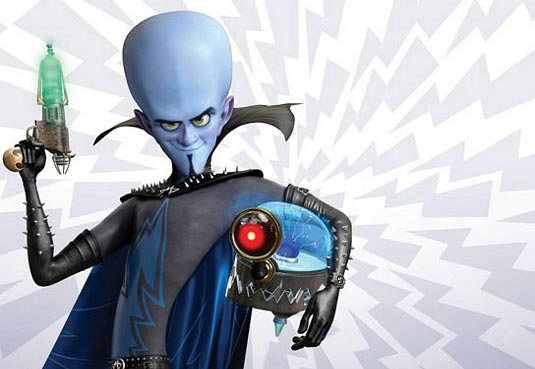Hemingway called his minimalistic style the iceberg theory, where only 10% of the information is given. In a story, he eliminated all that the reader can assume, leaving what the reader could not assume. Just the essentials, or the minimum, needed to understand the story.
David Malki, creator of Wondermark.com, has a visual example of this style improving content. The Garfield strip below is redundant through the visual and text.
Malki states, "the punchline is set up twice and delivered twice."
Here is Hemingway's theory of just the essentials applied to the strip:
Malki on the strip above: "It allows the reader to connect the dots, and engages them in the narrative. It leaves room for interpretation, and for Garfield’s true thoughts to only sound in the theater of the reader’s mind."
Without the speech bubble in the first panel, the reader can interpret that Garfield's throwing the ball for fun. As soon as the Odie, the dog, is spotted, the game of catch is determined. So redundancy killed the humor because all the interpreting work, in a reader's role, is done already, leaving the reader no reason to linger on the story.
For more on Garfield, look up Eric Burns who Malki referred to as the one who noted Garfield's redundancy. Malki has more posts on newspaper comic strips in Comic Strip Doctor.
In my comic strip project, "The Affair," I intended to state what the reader is less likely to determine on his/her own. Click the image for a full view.
I never describe the affair mentioned in the title because the reader can interpret the Jack's interest in the Queen from his shortened distance. If I state that the Jack moved closer to the Queen, then text would be redundant. Instead I narrate the actions and feelings of the other characters which cannot be easily determined from the visual. The minor characters get their story in the captions because the main story is visible enough.
The next time a story seems to be about nothing check if you, the reader, have interpreting work to do.
For writing, this minimalistic style is more difficult because the information is all text. The easier cases are dialogue and description. Do the character's repeat too much of what the narrator states? Inner dialogue, thoughts, typically do not need to be repeated in conversation. Having someone read your story can help to determine what can be assumed and what cannot.
Can you think of an example of this minimalistic style or a story that could use it?









